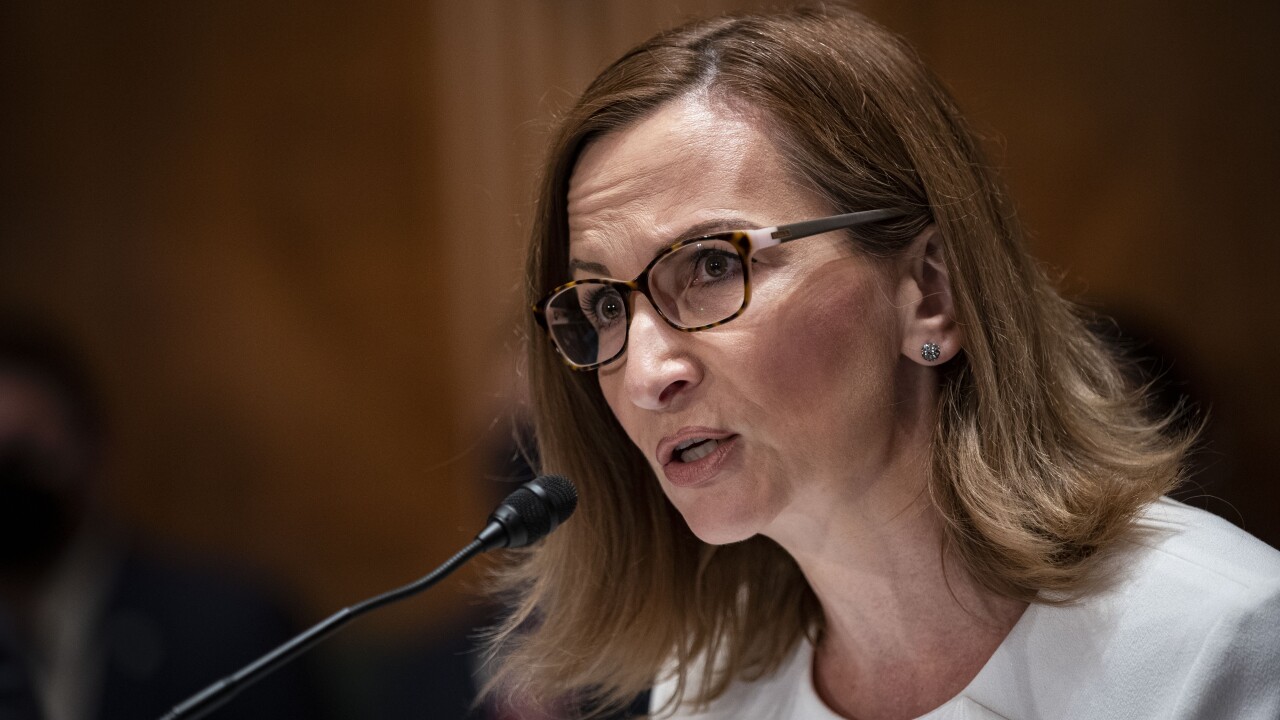Bank: Bridge Bank
Problem: A tentative agreement by Bridge's core banking provider to allow a competitor to process its system was ending.
Solution: Bridge engaged in a full scale core technology overhaul to buoy its planned asset expansion.
A decade of consolidation among core banking system and processing vendors created an unsustainable situation for Bridge Bank in mid-2009. The bank's most important operations — core banking and processing — were being handled separately by two of the space's fiercest competitors: Fiserv and Fidelity National Information Services.
Operating on an outsourcing model since its founding in 2001, the commercial bank had used Fiserv's Premier (originally developed by ITI, which Fiserv acquired in 1995) as a core banking system, but had it processed by Aurum Technology, which FIS purchased in March 2004. While the vendors had a contract in which Fiserv's Premier would be processed by FIS, that agreement — like others with banks in similar situations — was destined to be short-term: In mid-2009, "Fiserv decided not to renew its licensing agreement with FIS," says John Peckham, executive vice president of information systems at Bridge. So it was decision time.
Yet, despite this seeming to place a deadline on when the bank might have to find a new processing provider, Bridge had some time to make a choice: two-plus years remained on the processing contract. So the bank decided to review all of its main systems, including core banking, "to validate that we were getting the most out of them," Peckham says.
The San Jose, Calif., merchant bank to Silicon Valley startups and other area businesses, had amassed over $1 billion of assets in just under 10 years. Executives wanted a technology overhaul that could support another span of similar growth. So the aim with the core system was to find one they felt would best help the bank accomplish a second-stage expansion.
Bridge liked both FIS and Fiserv and their core systems. So requests for proposals were sent to both companies, and also to Jack Henry and Open Solutions.
What Bridge executives wanted most in a core banking system was optimal and easy integration of new online banking services; and robust account analyses, loan processing and reporting capabilities that would enhance the bank's commercial lending business, a major revenue source. Plus, the core provider they ultimately chose would have to prove enhancements made to its systems were user-driven.
Bridge at the same time was conducting a separate search for an online banking system. So RFPs went out to Bridge's existing online provider, S1, as well as to ACI (which now has an outstanding hostile bid for S1), FIS and FundTech (which GTCR Fund plans to acquire by yearend).
Bridge ended up selecting FIS' IBS core, which FIS hosts and processes, and FIS' online eBanking system, which includes automated clearing house processing and trust services.
"We felt that the IBS platform had a stronger set of APIs for integration," Peckham said. "And we felt the solution was better on loan processing, particularly for the types of commercial lending that we do."
Tim Boothe, Bridge's chief operating officer, says the bank "felt more comfortable with the abilities of FIS and IBS to integrate other software platforms into the core system, as well as for online banking." The Web is very important to Bridge's business customer base: The bank only runs two branches, and approximately 80% of Bridge's clients bank online.
While the FIS systems were chosen separately, Bridge decided to merge the IBS and eBanking projects, converting to the systems over one weekend in June. Essentially, Bridge executives thought that going with the same service provider "would ease convergence of the systems and enable more of a unified experience for clients," Boothe says.
An immediate benefit of the IBS and eBanking conversion was that Bridge could consolidate access to modules that provide both online banking and positive pay services to one customer log-in. Plans are to offer by April remote deposit through the same sign-in. Efficiency gains are expected in performing account analyses, specifically tracking customer fees so banks can optimize revenue opportunities. "That's now a much more fully automated process," Boothe says.
Bridge expects before yearend to offer customers general ledger integration, a service, says Boothe and Peckham, made easier via IBS' deployment. The feature will enable companies to download data on bank-cleared items directly into their general ledgers, versus manually inputting the information. The planned feature stems from "research on treasury services that shows clients want to integrate their general ledger more with the bank's," Boothe says.





